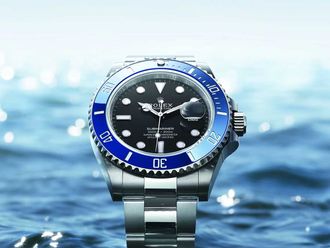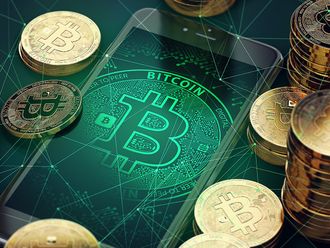Gold
Gold inched marginally lower on Thursday, but held within sight of a record hit in the previous session, with prospects for a weaker dollar in focus on possible further US monetary easing. Sales of gold scrap persisted in Southeast Asia but volume was small, while Chinese consumers bought some quantity of physical silver despite prices at near 30-year highs. Palladium firmed after rallying to its strongest since early 2008 on Wednesday, while platinum was below a four-month high. Silver, often considered the poor man's gold, normally tracks gold, but an increase in ETF holdings to record levels as well as purchases from physical buyers showed there was a pickup in interest in the white metal.
Dollar
The dollar struggled near the week's lows against the yen on Thursday and held near a five-month low on the euro, hit by expectations of more Federal Reserve easing. The Federal Reserve has inched closer to fresh steps to aid the world's largest economy, but Fed officials disagreed on Wednesday on what should prompt more support and what impact more asset purchases could have.
Euro
The euro gave up some gains after hitting a five-month high of $1.3647 on Wednesday, to be down 0.2 per cent on the day. It is by no means problem-free itself, with the European Commission proposing steep compulsory deposits and fines for euro zone countries that breach budget rules and trade unions staging strikes and protests against austerity measures. The market will also be watching an expiry of European Central Bank liquidity operations on Thursday.
Yen
The yen surged to 83.59 and but is still above a 15-year low of 82.87 set just before Japan intervened two weeks ago. Markets seem to be watching for last-minute dollar sales by Japanese exporters on the last day of the fiscal half-year, with some talk too of whether passive money managers may have to rebalance at the month-end by selling dollars. But with such flows hard to predict, the dollar remained supported by nervousness that Japanese authorities might swoop in as they did on September 15, when the Bank of Japan carried out yen-selling intervention for the first time in six years. Japanese Economics Minister Banri Kaieda was also quoted as saying this week that intervention was a temporary measure and the government didn't want to "skew" the market. The market is also waiting to see if the BOJ takes further easing steps to support the economy and counter the impact of the rising yen at its policy meeting next week.
Rupee
The Indian rupee surged 3.4 per cent in the September quarter boosted by robust portfolio investments into Asia's third-largest economy on the back of strong growth fundamentals. The rupee closed at 44.94/95 per dollar, after hitting 44.85, its highest since May 10 and half a per cent stronger than Tuesday's close of 45.15/16. Forex and debt markets are closed on Thursday for half-yearly closing of banks' accounts. The rupee's quarterly rise compared with a 3.3 per cent fall in the June quarter, which was its worst quarterly fall in five. Most of this recent rise has come on the back of increasing investments of foreign institutional investors (FIIs) into the Indian markets. Foreigners have moved $5.3 billion into stocks this month, taking net investment so far in the quarter to $11.4 billion. The total investments in 2010 have reached a record $18.2 billion, above last year's $17.5 billion.
Source: Richcomm Global Services DMCC, Dubai
|
Price Update |
|
|
GOLD |
1309.05 |
|
SILVER |
21.87 |
|
EURO |
1.3591 |
|
GBP |
1.5828 |
|
YEN |
83.24 |
|
RUPEE |
44.56 |
|
AED / INR |
12.132 |
|
AUD |
0.9682 |
|
CHF |
0.9774 |
|
CAD |
1.0327 |
|
OIL - WTI) |
77.75 |
|
|
|
|
Date |
Sep 30, 2010 |
|
Time |
10:54:35 AM |












